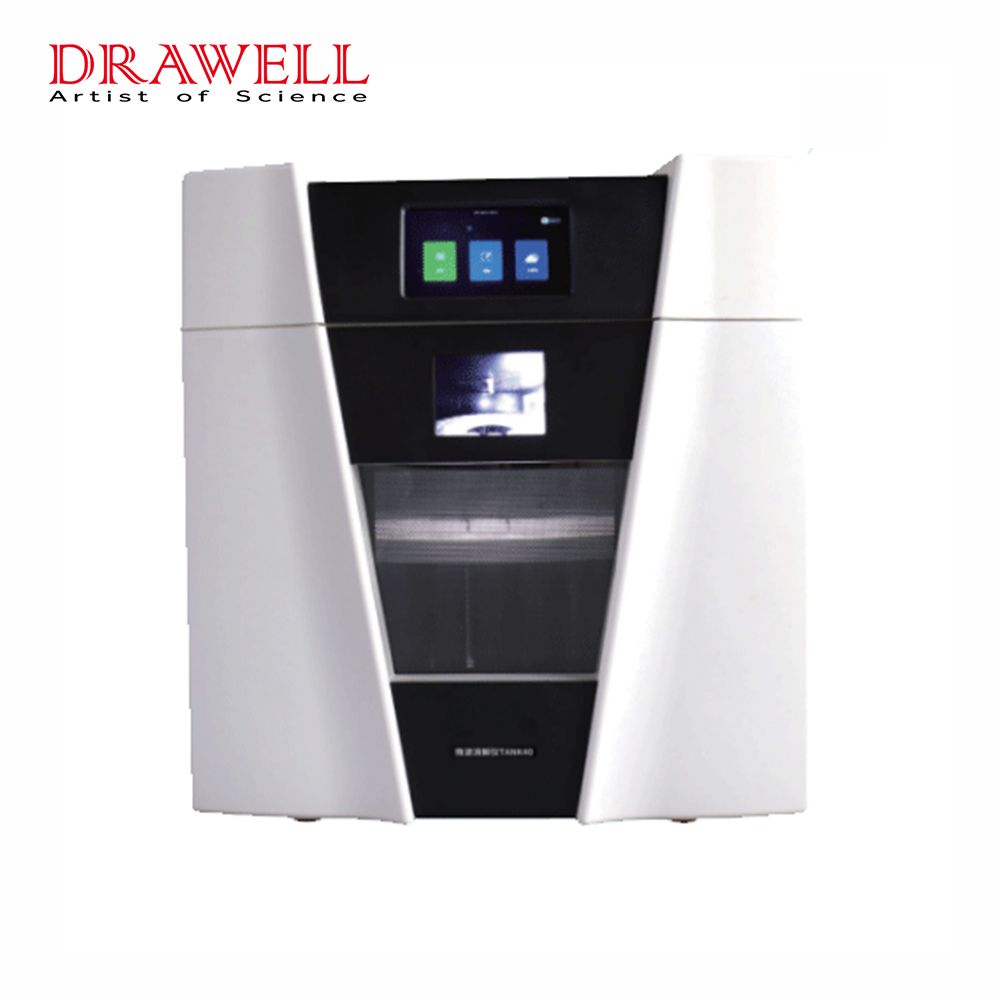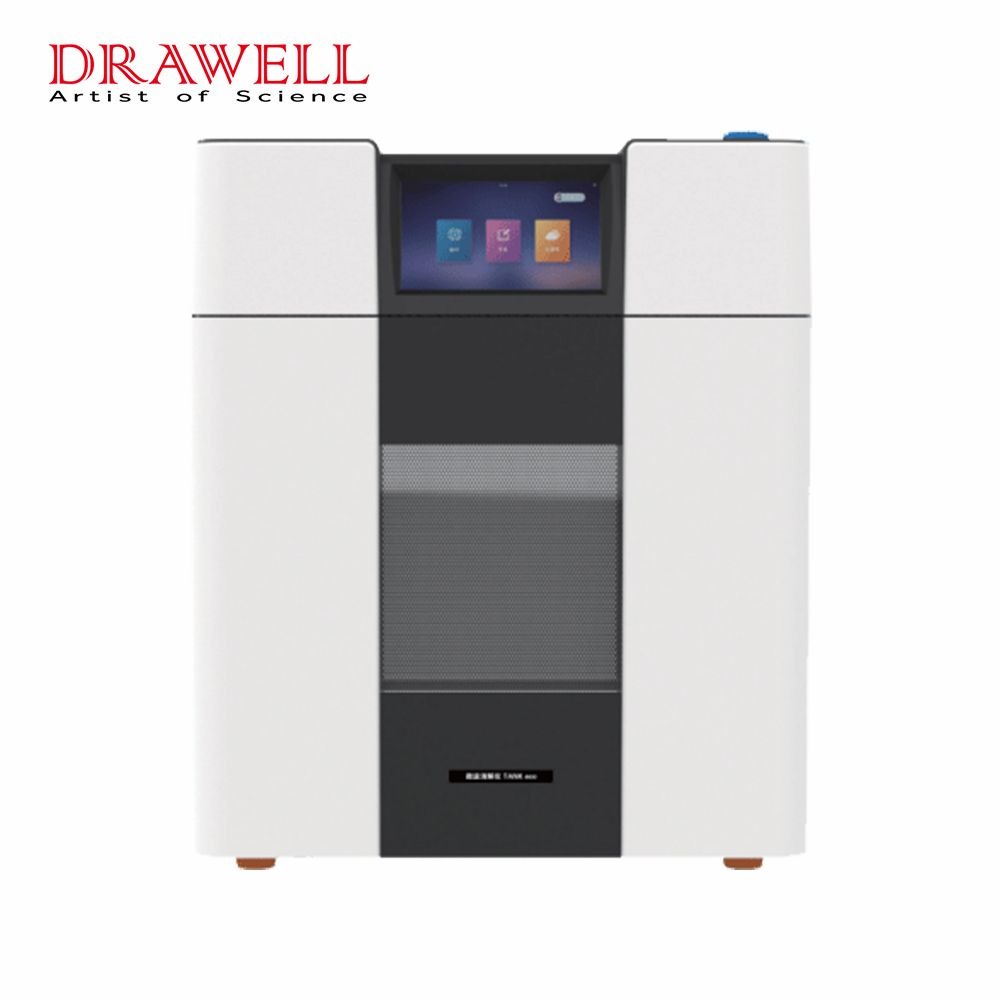Microwave digestion is a method of sample preparation that uses microwave radiation to heat and decompose a sample. This can be used to extract analytes from a variety of materials, including solids, liquids, and biological tissues. Microwave digestion is a rapid and efficient method of sample preparation, and it can be used to prepare samples for a variety of analytical techniques, such as atomic absorption spectroscopy, inductively coupled plasma mass spectrometry, and gas chromatography-mass spectrometry. This article delves into the world of microwave digestion, exploring its mechanism, benefits, and most importantly, the safe methods for releasing pressure within the digestion system.
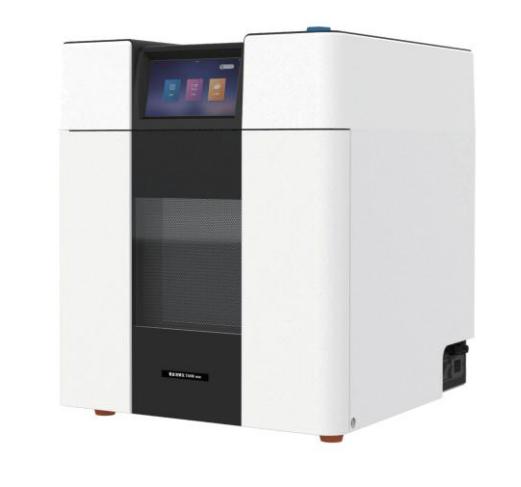
What is Microwave Digestion?
Microwave digestion is a sample preparation technique that involves subjecting solid samples to controlled microwave radiation in a closed-vessel system. This process accelerates the chemical reactions that break down complex matrices, facilitating elemental analysis by techniques like inductively coupled plasma-mass spectrometry (ICP-MS) and atomic absorption spectroscopy (AAS). Unlike traditional digestion methods that can be time-consuming and require large quantities of reagents, microwave digestion offers rapid and efficient sample digestion, often reducing the digestion time from hours to minutes.
The principle behind microwave digestion lies in the ability of microwaves to generate heat by inducing molecular friction within the sample. The microwave energy is absorbed by the sample, leading to an increase in temperature, which in turn accelerates the dissolution of the solid material. This controlled heating process not only ensures thorough digestion of complex samples but also minimizes the loss of volatile analytes, improving overall accuracy and precision.
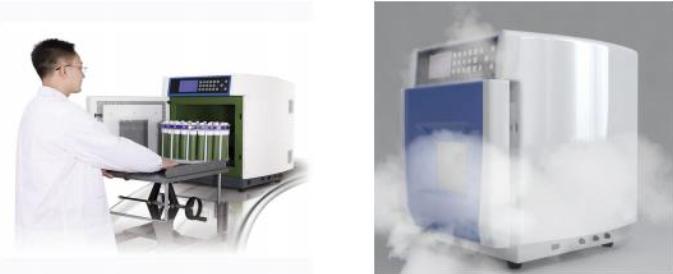
How to Safely Release the Pressure of the Microwave Digestion System?
While microwave digestion offers numerous benefits, it’s crucial to adhere to safety protocols, particularly when releasing the pressure generated during the process. The buildup of pressure can occur due to the release of gases produced during digestion. Here’s a step-by-step guide to safely release the pressure of the microwave digestion system:
- Cooling Phase: Once the digestion process is complete, allow the vessel to cool down gradually. Avoid opening the vessel immediately after the microwave treatment, as the sudden release of pressure can lead to spattering or even vessel rupture.
- Ventilation: After the cooling phase, check for any visible signs of pressure buildup, such as distention of the vessel or trapped gases. If needed, gently vent the vessel by carefully loosening the cap. Always wear appropriate personal protective equipment (PPE), including gloves and safety goggles, during this step.
- Partial Release: To safely release pressure, open the cap slightly and pause for a few seconds to let any excess gas escape. Repeat this process gradually until you’re confident that the pressure has been adequately released.
- Final Release: Once you are certain that pressure has been relieved, you can fully open the cap of the vessel. However, do so cautiously and away from your face, as there might still be residual gas release.
- Remote Release Systems: Some modern microwave digestion systems come equipped with remote pressure release mechanisms that allow you to release pressure from a safe distance. These systems enhance operator safety and minimize the risk of exposure to potentially harmful gases.
Summary
In the realm of modern analytical chemistry, microwave digestion has emerged as a game-changing technique for sample preparation. By harnessing the power of microwave radiation, this method accelerates the breakdown of complex samples, resulting in enhanced efficiency and accuracy. However, safety remains a paramount concern during the microwave digestion process, especially when it comes to releasing the pressure generated within the vessels.
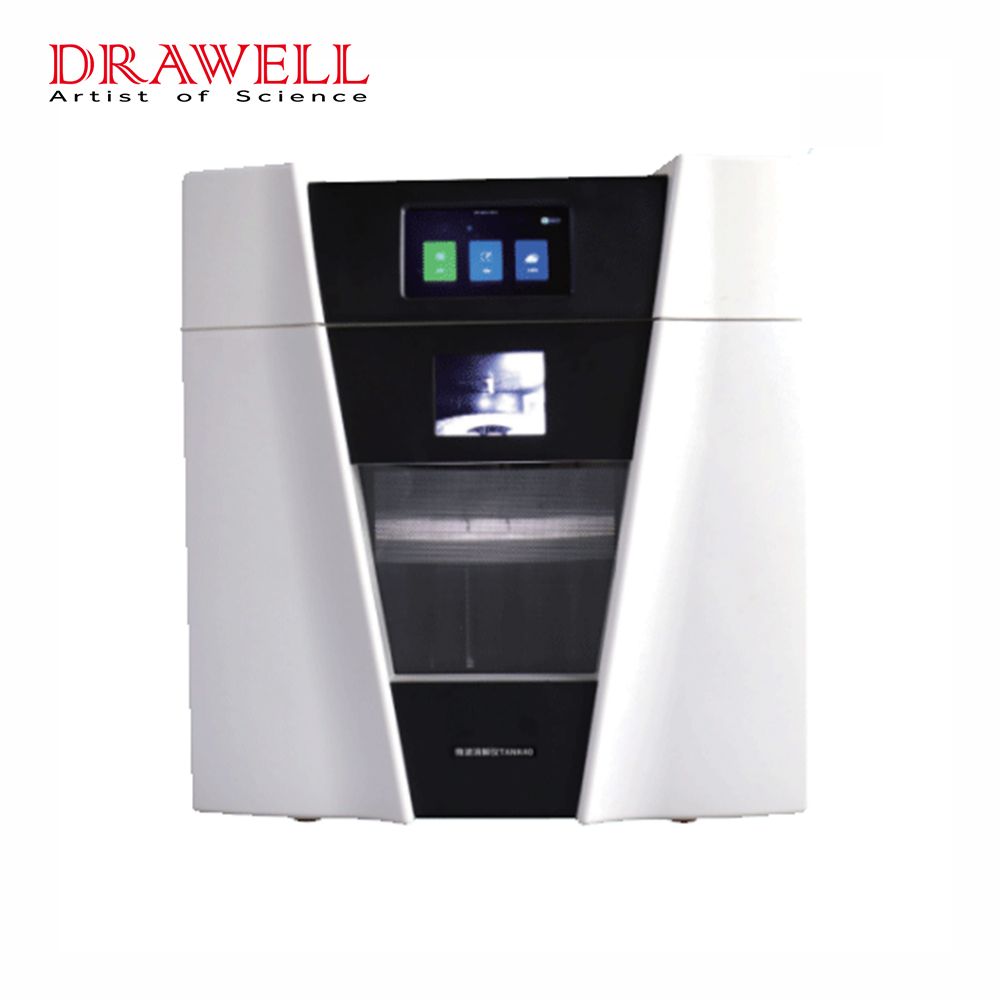
By following a systematic approach to pressure release, researchers can ensure their safety while maximizing the benefits of microwave digestion. From the cooling phase to gradual venting and eventual full release, each step must be executed with precision and caution. Furthermore, the integration of remote release systems in advanced microwave digestion setups adds an extra layer of safety to the process.
As technology continues to advance, microwave digestion is likely to become an indispensable tool in various fields, ranging from environmental analysis to food safety testing. With proper understanding and implementation of safety measures, scientists can harness the potential of microwave digestion to streamline their analytical workflows and achieve accurate, reliable results.
Related Products Recommendation

